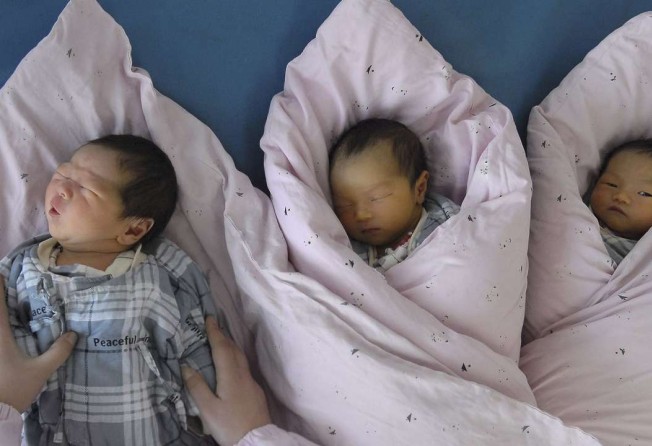Why China’s two-child policy is failing the reality test
Stuart Gietel-Basten says it is little surprise that the shift has not sparked a major baby boom, as low birth rates have more to do with the lack of comprehensive support structures than parents’ reluctance to expand their families

Recently, the Post led with the headline: “China’s birthrate still too low, despite two-child policy”. Figures released by Beijing indicated that the number of births coming after the national shift of policy suggested the rush to have more children was not, perhaps, as universally felt as had been hoped.
For many demographers of China, this is little surprise. Studies have shown the underlying context of low fertility in urban China is not dissimilar to other settings in Asia, such as Hong Kong, Taiwan and South Korea. These drivers include high living costs (especially housing), fragile work for younger people, weak state support, high levels of gender inequality and a work culture that is not family friendly.
Print option is available for subscribers only.
SUBSCRIBE NOW